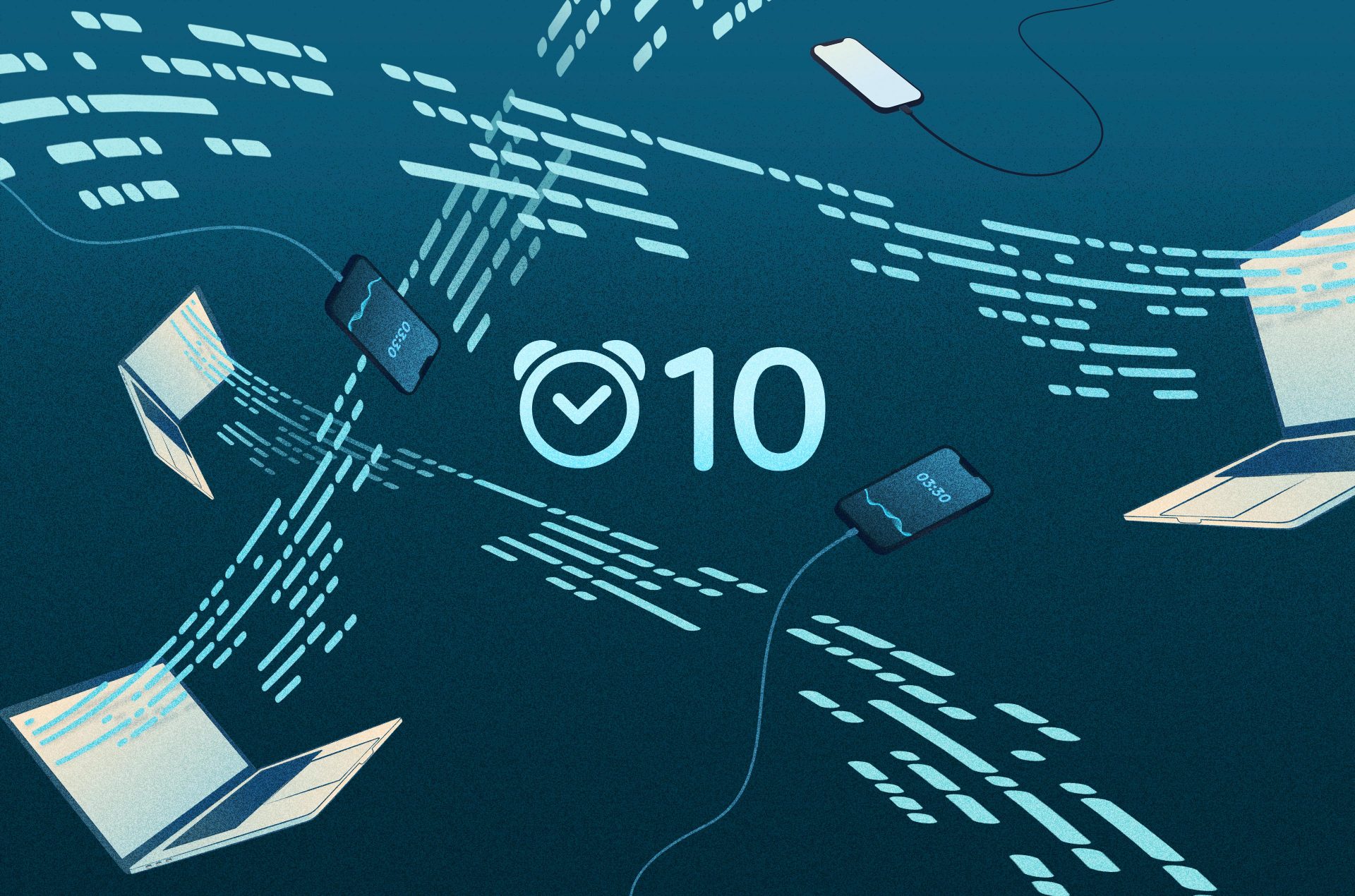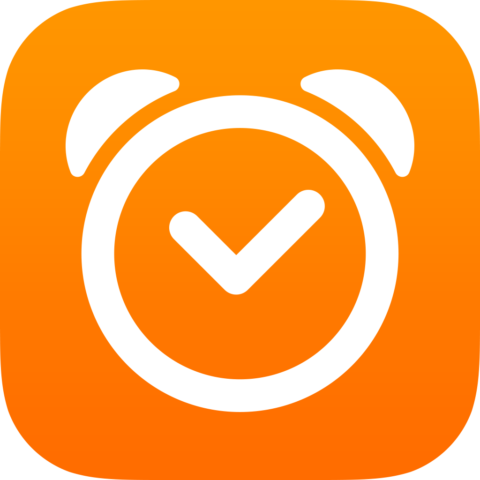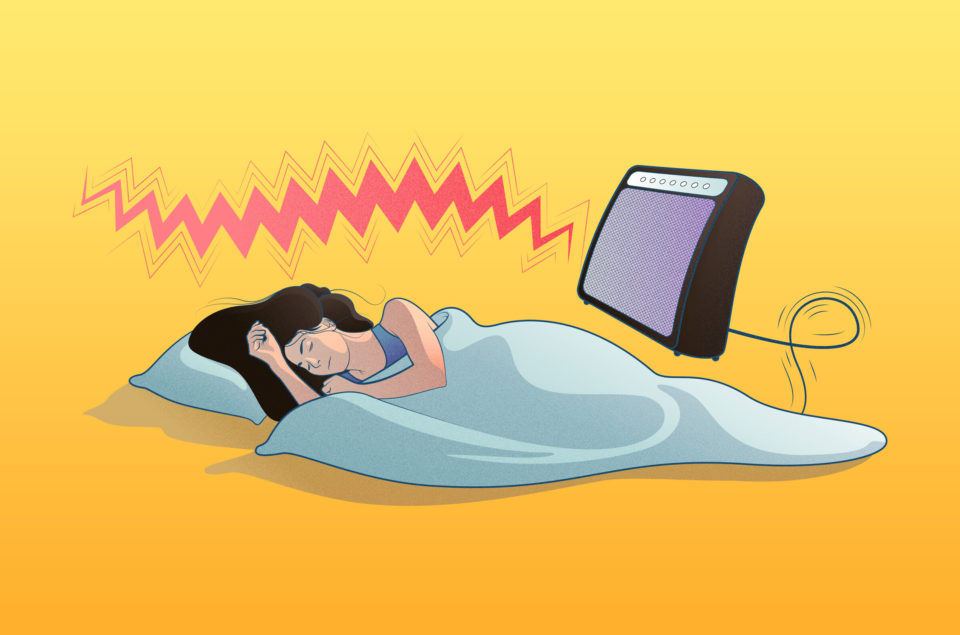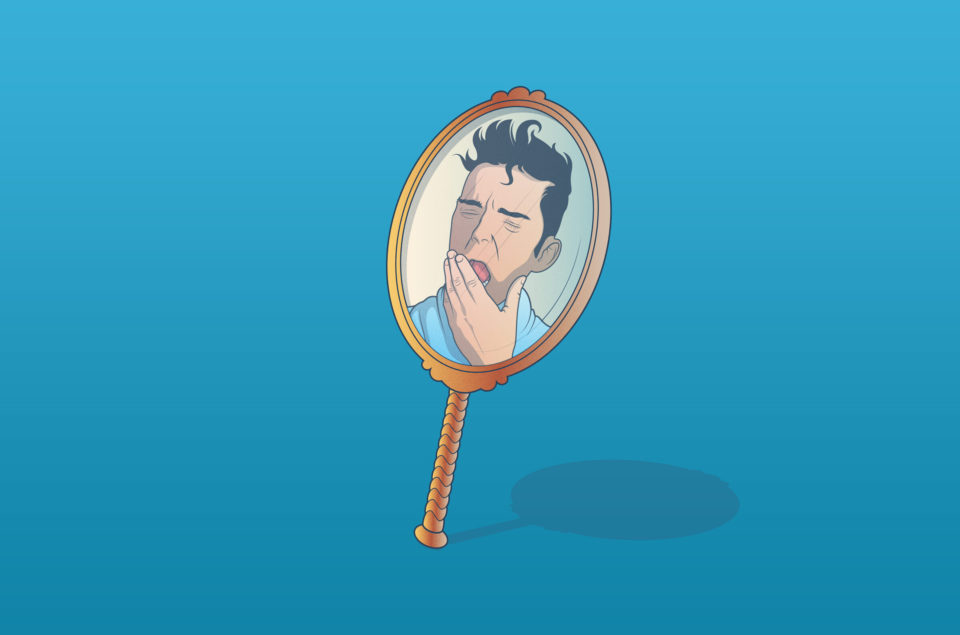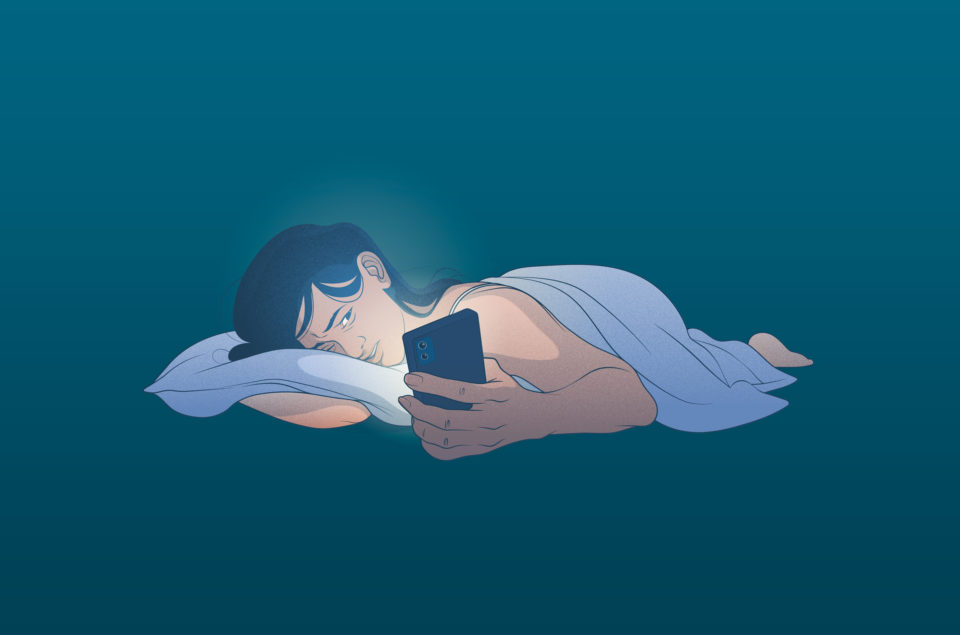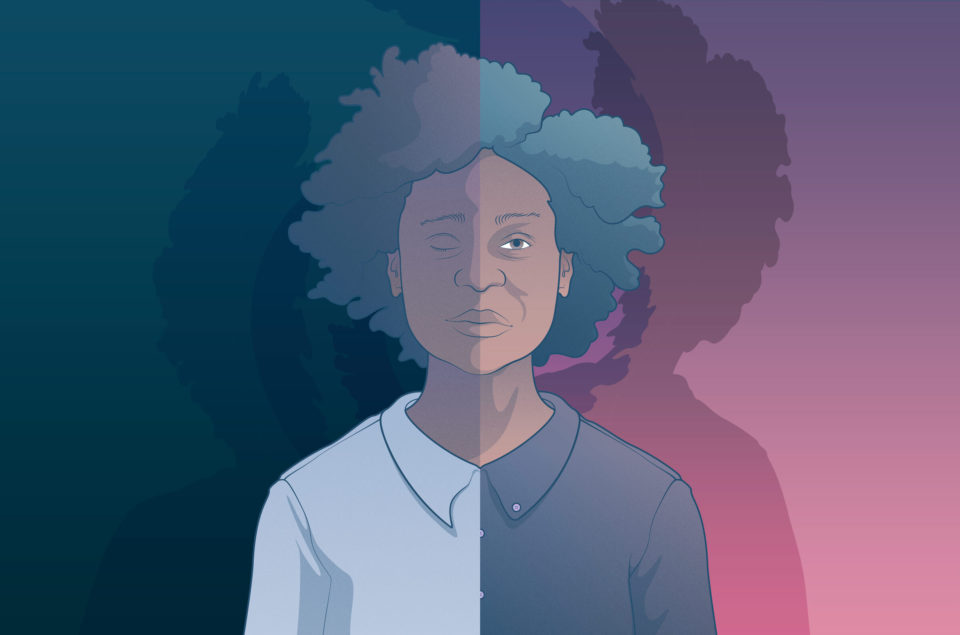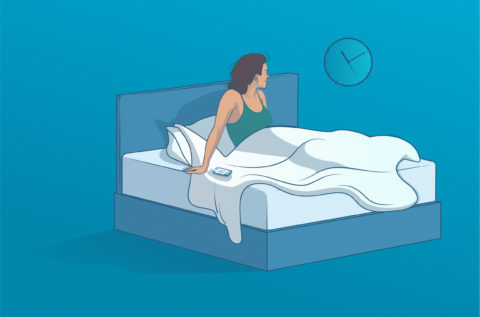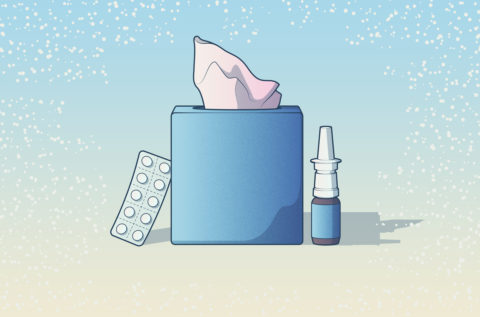GOTHENBURG, Sweden — July 18, 2019 — In celebration of its 10th anniversary as the world’s first and most popular smart alarm clock app, Sleep Cycle har today released a retrospective of its sleep tracking technology over the past decade.
“My aha moment happened when I noticed how sensitive the accelerometer was on my first iPhone. I was tired of waking up groggy, and I saw a possible technology solution to my problem. As it turned out, I wasn’t the only person in the world looking to improve their sleep,” said Sleep Cycle founder and inventor Maciek Drejak. “So, Sleep Cycle was born, and it’s been so exciting watching it grow and evolve — one technology advancement at a time — over the past 10 years.”
Sleep Cycle: The classic model
In 2009, Sleep Cycle launched as the first smart alarm clock app in the world. Version 1.0 was only available on iOS devices and used an accelerometer to detect movement. Users would place their smartphone in bed with them, and the app would track their movements against a patented algorithm to wake them during their lightest phase of sleep.
Other important milestones soon followed:
- 2010: Sleep Cycle hit 1 million downloads and approximately 14,000 years of cumulative sleep tracked. Long-term sleep statistics and graphs were introduced so users could better understand their sleep patterns.
- 2011: Sleep quality metrics and sleep notes were introduced, giving users actual insights into what affects their sleep and how to improve it.
- 2012: Sleep Cycle hit 5 million downloads and approximately 68,000 years of cumulative sleep tracked.
- 2013: Heart rate tracking was introduced, giving users a more holistic view of how their exercise habits affect their sleep and vice versa. Users could now measure their heart rate every morning when they woke up to get a baseline of their resting pulse.
- 2014: Sleep Cycle introduced its Apple Health app integration and debuted Sleep Cycle for Android.
Sleep Cycle graduates to the nightstand
One of the most exciting technological breakthroughs happened in 2015: Sleep Cycle introduced their patented Aurora technology, a new machine learning sound analysis algorithm trained on gigabytes of data voluntarily donated by Sleep Cycle users.
The new algorithm worked with users’ smartphone microphones to distinguish different sleep phases by sound, identifying and tracking their movements in bed with a 30 cm (10 inch) accuracy while filtering out all sounds not generated by the sleeper. The major benefit was that Sleep Cycle could be used from the nightstand; users no longer needed to have their device in bed with them.
That year also saw the introduction of a new subscription model, and the app hit 10 million downloads and the equivalent of 136,000 years’ worth of sleep tracked; by the following year this number had doubled, and other new features continued to be added.
- 2016: New statistical features were introduced that looked at how time spent in bed, activity and location affect sleep.
- 2017: Snore detection was introduced, alerting millions of users to when and how much they snore. New statistical features also explored if air pressure or moon phase affect sleep.
- 2018: Sleep Cycle made its Apple Watch debut and introduced a new silent wake up feature. Sleep Cycle also became GDPR compliant.
- 2019: 37.4 million people have downloaded Sleep Cycle worldwide, and 4.38 billion hours (or 500,000 years’ worth) of sleep have been tracked. This includes 131.4 million hours — 15,000 years — of snoring.
This year, Sleep Cycle also introduced the Sleep Cycle Institute, which put Sleep Cycle’s rich repository of anonymized global sleep data into the hands of multidisciplinary health and wellness experts to provide individuals and policy makers with quantitative insights into the relationship between sleep and overall health and well-being.
“Sleep Cycle’s mission is to help people worldwide get a better night’s sleep. We’ve lost an hour’s worth of sleep over the last century, and it’s time to take it back — for the sake of our physical and mental health,” said Carl Johan Hederoth, CEO of Sleep Cycle. “Modern technology has incredible momentum in terms of platforms and solutions, and we’re paying close attention to people’s changing relationship with phones, wearables, voice assistants and the smart home as we continue making Sleep Cycle even better.”
